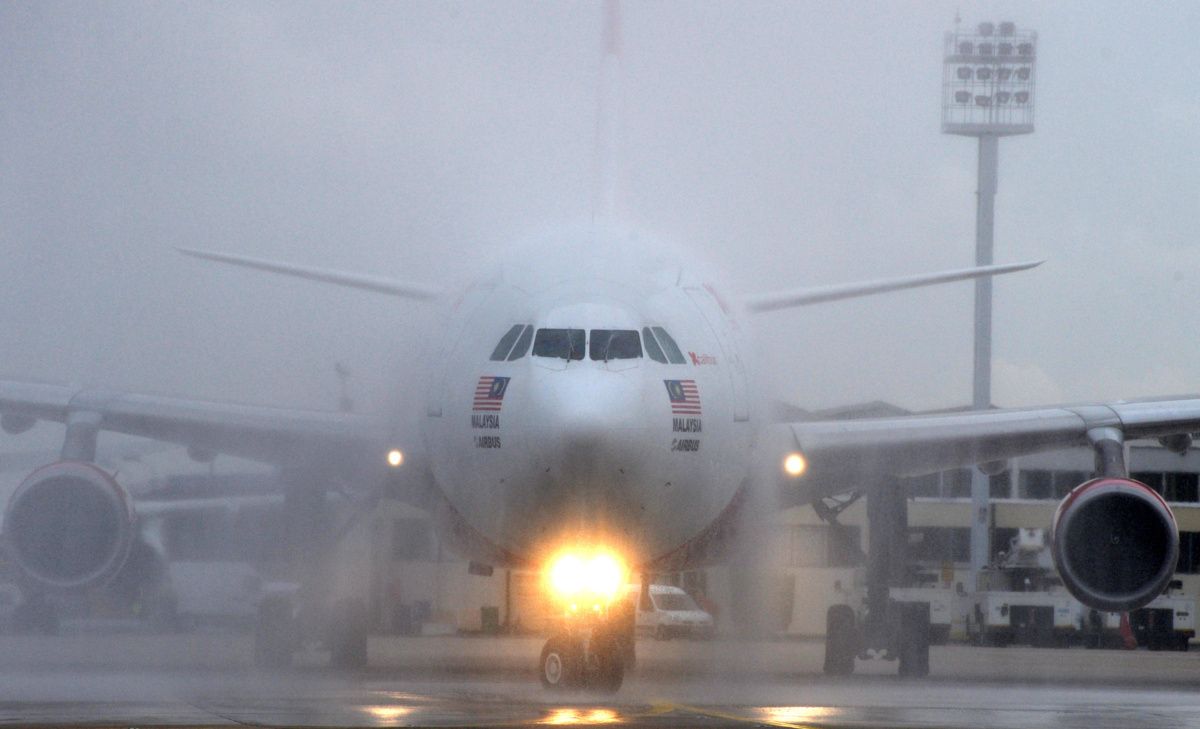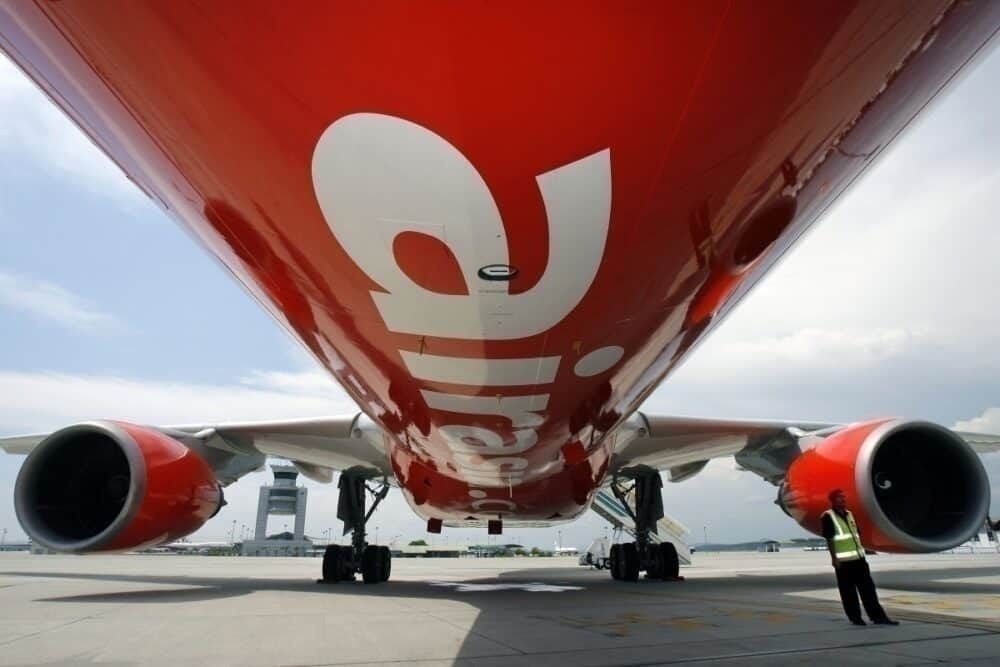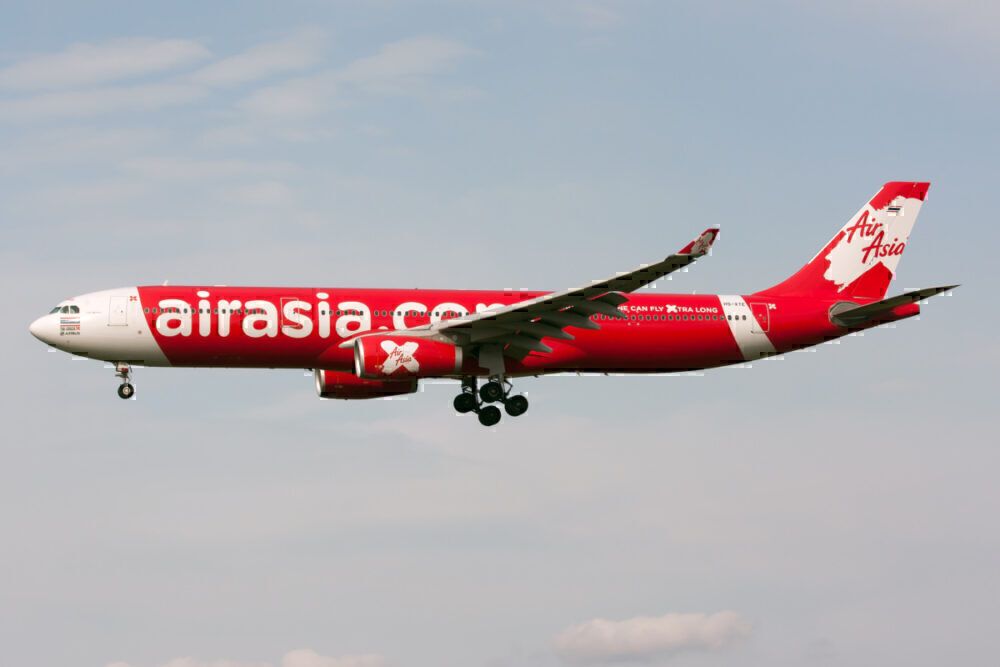AirAsia X has finally released the results for the first quarter of the year, ended March 31st. Despite being some months behind in reporting, this is the first indication we've had from the long-haul low-cost regarding how it's doing in the wake of the COVID crisis. Overall, results were expected to be weak, but in reality, turned out to not be as bad as anticipated.
The company's previous quarter performance was poor, leading to worries that it didn't have enough juice in the tank to survive COVID. The delay in releasing its Q1 results, after Bursa Malaysia granted an extension added fuel to the fire, with plenty speculating that this result was going to be doubly disastrous.
However, the numbers don't lie, and in comparison to some of its competitors, AirAsia X has achieved some solid performance in the quarter.
Stay informed: Sign up for our daily aviation news digest.
A loss of $130m
The long-haul airline fell to a loss in Q1 of some 549.7 million ringgits ($130m). This compared poorly to a profit in 2019's same period of 43.3 million. However, this was probably less bad than could have been expected, considering AirAsia X's geographic operating area was one of the first to be affected by COVID.
The rest of the numbers were similarly not as poor as anticipated. For example, the drop in revenue overall was 21%. The airline flew 25% fewer passengers on 15% fewer flights, leading to a load factor that dropped from 83% to just 74% in the quarter.
AirAsia X Group CEO Nadda Buranasiri commented on the results, saying,
“In the beginning of 2020, the Company’s operating environment was aggravated by the COVID-19 outbreak. AirAsia X Malaysia scaled down flight frequency to all markets in several phases beginning with China in February. In mitigating the adverse effects from COVID-19, we have had to undertake the temporary hibernation of our fleet under AirAsia X Group, as AirAsia X Malaysia suspended all scheduled operations from 28 March 2020 onwards, while AirAsia X Thailand’s scheduled operations have been suspended from 16 March 2020.
“During the quarter under review, our associate in Thailand posted a revenue of USD89.6 million, down 29% against USD126.9 million in the same period last year on the back of a lower number of passengers carried, which was recorded at 474,150 passengers, down by 29% YoY from 665,432 passengers in 1Q19. AirAsia X Thailand’s PLF in 1Q20 stood at 77%, a decline of 13 percentage points YoY, while ASK capacity reduced by 22% YoY to 2,645 million during the current quarter. AirAsia X Thailand posted a net loss of USD27.1 million in 1Q20.”
More to come
Although these results aren't the worst we've seen, it's important to remember AirAsia X is reporting the first quarter of 2020, not the second. Most other airlines have agreed that April was the low point for travel demand, which was not included in AirAsia X's report this time.
Looking forward, the Group says it expects to remain in 'hibernation mode' for the time being, until demand begins to recover and borders open. It says that it is still keeping some aircraft operational to provide assistance to authorities for cargo overemotes and repatriation.
Contrary to popular belief, the company remains confident that demand will pick up by the end of 2020. The airline desperately needs this to be true, as it struggles to claw its way back from three consecutive years of losses. Its full-year 2019 losses were 489.48 million ringgit ($116m), an increase of 62% year on year.
Without a significant uptick in travel demand in the next few months, the airline's full-year performance for 2020 is likely to be worse again. The following quarter's report will be telling, and questions still remain over the sustainability of this airline's operating model.



